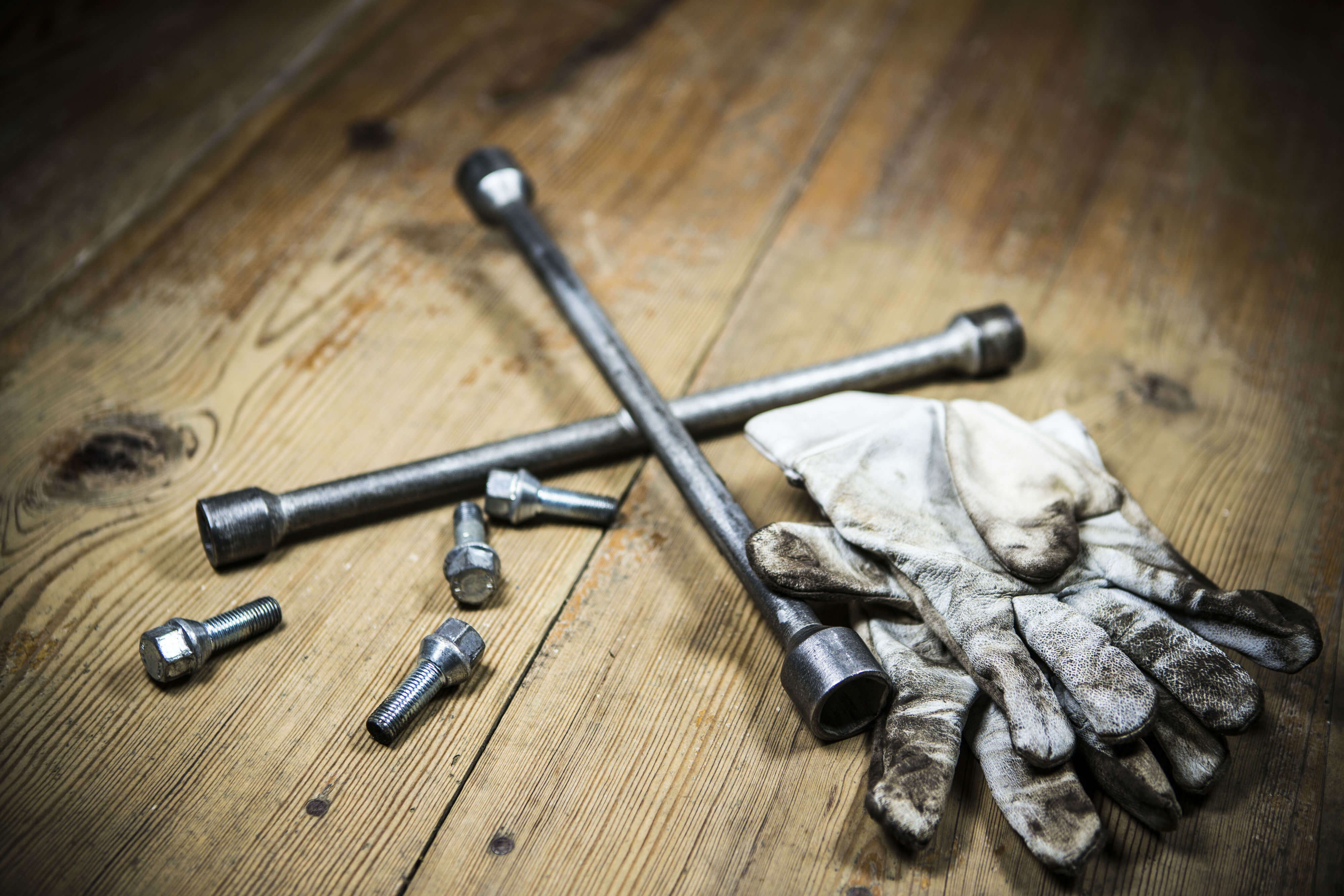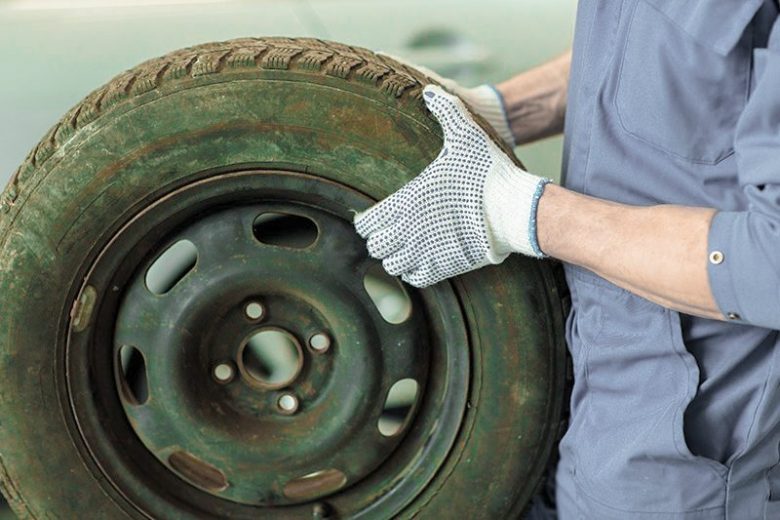Before delving into the matter of what happens to your old tires when you replace them, let us take a look at those factors that help determine when tires need to be replaced. There is no empirically proven way to tell precisely how long a tire will last. Certain factors like tire design, road conditions, climate, driving habit, and general care and maintenance of the tire collectively determine the mileage and life span of a tire. With a general recommended usage span of 5-10 years, it is advisable that you check your tires on monthly basis for signs of defects.
Use eTags© to Quickly Complete Your DMV Service. Renewals, Title Transfers and More, All Online!
Indicators that it is Time to Replace your Old Tires:

- When the tire tread has been worn beyond the tread depth level recommended for safe driving. Most tires have tread wear bars/cords that are exposed as the tread wear approaches the recommended depth limit.
- When you observe uneven tread wear on the tire.
- When unusually large number of unwanted debris like nails and rocks are embedded in the tire.
- When you notice extensively damaged areas in the tire, especially when they defy repair.
- When you observe damaged valve caps.
- When you observe bulge(s) and blisters on the sidewall of the tire.
- When you have used the tires for more than 10-12 years, you shouldn’t need a crystal ball to know that it is time to replace them. The manufacturing date (DOT Number) of a tire is usually imprinted on the sidewall of the tire.
Although tires were originally made from naturally occurring rubber, most of the tires we use today also contain non-biodegradable chemicals and synthetic materials. It has made the burning of tires which used to be the normal practice hazardous to the environment. Over the years, this has come to be a big source of global concern to environmentalists who decry the challenges associated with the management of discarded tires. In response to this, a lot is being done to devise ways of reusing and recycling old tires.
Some of the popular ways in which old tires are put to practical use include using them to craft items like tugboat fenders, swings, and go carts, using them as fuel for cement kilns, using them in the construction of special houses termed “energy efficient”, and as flower pots around the home. Tires can also be melted, and the rubber remolded into products like solidified tires for toys, and mowers. They can be put to engineering use as construction barriers on highways, as bumpers on docks, or recycled and used in making things like rubber-fortified asphalt and rubber granules for artificial turfs.
In some cases, old tires which are still in reasonably good condition are retreaded and resold either locally or exported to other countries. If done using approved retreading technique, this practice is perhaps the safest and most economical way of managing used tires. With concerted effort, mountain high stockpiles of discarded tires will soon be a thing of the past, not only helping to protect the environment, but also with attendant economic gains.









4 comments
Recently, my mom pointed out that there are a lot of nails and thumbtacks embedded on my car tires. It was surprising how they still manage to function properly, but I think it’s for the best that I get the tires replaced soon, just to be sure. I’m going to travel long miles next week, and I want to make sure I won’t have problems. Thanks!
Appreciate the comment Tammie. Better to be safe than sorry! A lot of newer-model cars have electronic sensors that will alert you if there is an object that has punctured your tires. Many times, they can simply be patched without having to buy completely new tires. This depends on the angle and which part of your car tire was punctured. Usually, if a nail punctures the inner tread wall, you might need to replace the whole tire.
My car is 10 year old. No tyre has so far been changed. The car has run only 31000 km.
Is it time to go in for new tyre so.
The typical average time for change of tires is 6 years, but you don’t have a lot of mileage. This article can help you determine if you need to switch tires https://www.tirerack.com/tires/tiretech/techpage.jsp?techid=157